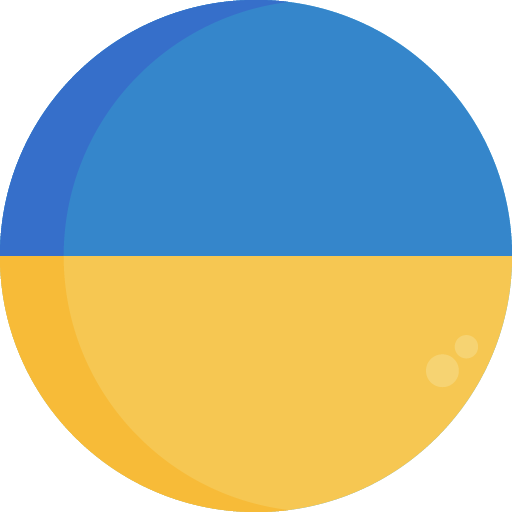Section 167a
Certification of Jesus' death and procurement of his body
Golgotha & Jerusalem, at the Praetorium (the place of the Roman governor)
Notes
The Trial Before Pilate and Herod
One of the most difficult topographical problems of Jerusalem is to identify the location of the Praetorium where Jesus stood before Pilate, and where he set out carrying the cross to Golgotha. One thing is certain; it was one of three palaces used by Herod the Great - the Antonio Fortress (north of the Temple), the ancient Royal Palace of the Hasmoneans, or the new Upper Palace of Herod (next to the Jaffa Gate).
Since Crusader times it was always identified with Antonio Fortress, where the traditional 14 Stations of the Cross evolved over the years. When new archaeological evidence suggested that the pavement was from Hadrian’s time in 130 A.D., many scholars felt compelled to abandon this old, traditional location.
Many researchers moved the Praetorium to Herod’s Upper Palace as the next likely location. The problem with this location is that there has never been a Christian tradition that it was used as the place where Jesus was sentenced.
A third location is the old Hasmonean Palace. No one knew where this was located until after 1970 when archaeologists could dig in the recently recovered Jewish quarter. They found a magnificent building which is designated as the Palatial Mansion, leading many scholars to identify it as the Hasmonean Palace used by Herod, and later on by Pilate.
Herod Antipas had probably come from Tiberius for the Passover. There is no way of knowing today where he stayed in Jerusalem.
Church of the Holy Sepulcher
Although the Church of the Holy Sepulcher (“tomb”) is now within the city walls, it was outside the walls of Jesus’ day. Various places within the church contain remains from the first century, adding credibility to its identification as the location of Calvary and the empty tomb. Up the stairs you will see bedrock at a considerable height above the current floor; this is all that remains of the outcrop of rock which is the probable location of Calvary.
In A.D. 135 Hadrian built a temple to the goddess Aphrodite directly over this outcrop of rock. In A.D. 326, when the pagan temple was razed, the workmen looked for the tomb of Christ. When they believed they had found the correct one, they dug out the bedrock around the tomb so that it now resembles a small chapel.
Next to a chapel claimed by the Armenians and the Syrians you will have access to several “kokhim”, deep horizontal niches used in first century graves. This area can therefore at least be identified as a place where first century tombs were located outside the city walls—and thus a possibility for the correct location of Jesus’ tomb.
The Garden Tomb, located north of Damascus Gate, was suggested in the 19th century as an alternative site of Calvary and Jesus’ tomb. While the setting is very suggestive of what the garden would have looked like in the time of Jesus, excavations would seem to indicate that the tomb is too ancient to have been the one built by Joseph of Arimathea. The details of the chiseled walls and the bench type of arrangement suggest a date during the Old Testament. Were it not for the New Testament statement that Joseph’s tomb was new, this would have been a possibility.
Photos
Videos
Golgotha & Jerusalem, at the Praetorium (the place of the Roman governor)
Footnotes
John 19,36
Psalms 34:20
John 19,37
Zechariah 12:10



















